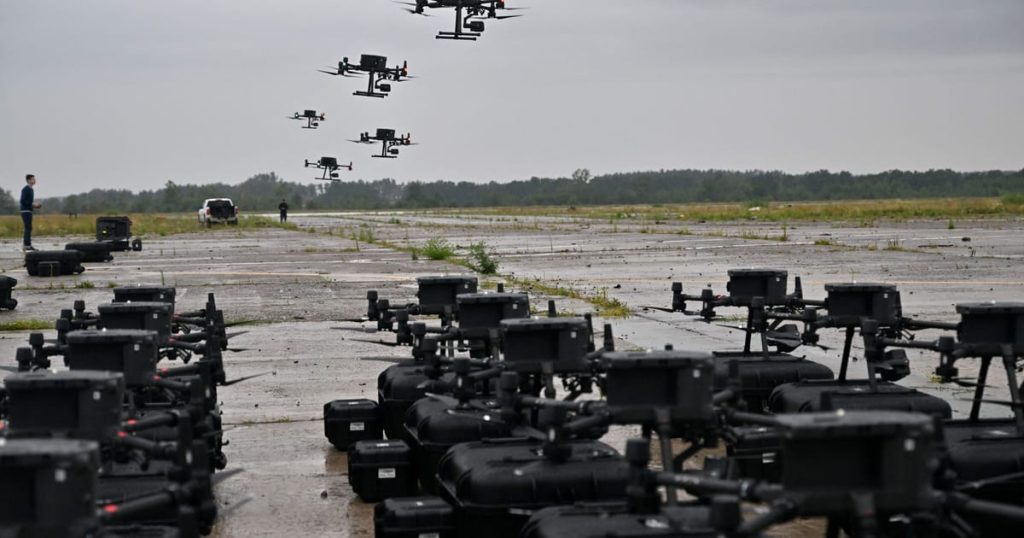This battlefield transparency is invaluable for artillery and air forces to attack targets. Until recently, “imprecision” would have been the kindest way to interpret the often thousands of rounds needed to assure some confidence that a target could be destroyed. And given the vagaries of weather, wind and a host of other factors, even with visual and real-time target tracking and modern computers calculating accurate ballistics, it still often takes hundreds of “dumb” artillery shells lobbed distances of 20 miles to destroy a target. But 21st-century precision munitions solve this problem.
It is this combination of near-perfect information from drones and near-perfect attacks by guided munitions that is new to the battlefield. We no longer need thousands of rounds; today’s maxim is “one shot, one kill.”
Then, there’s the profound change in cost. Short-distance observation drones can now be bought off the shelf, and even military-grade drones with target designating lasers loaded with precision munitions are a fraction of the cost of HIMARs — the iconic weapon of the Ukraine conflict. And though HIMARs are still important, they require dozens of million-dollar launchers, scores of support vehicles and hundreds of troops to fire, fix and resupply them. Guided drones with precision munitions, on the other hand, are war on the cheap.
Of course, for the frontline troops of a Ukrainian brigade or a Russian Spetnaz battalion fighting door-to-door in Bakhmut, these items may have little direct effect, except to reduce supporting fires or delay needed ammunition. On the front lines, soldiers understand the words of historian T.R. Fehrenbach, that “you may fly over a land forever; you may bomb it, atomize it, and wipe it clean of life — but if you desire to defend it, protect it, and keep it for civilization, you must do this on the ground, the way the Roman Legions did — by putting your soldiers in the mud.”
But for the battlefield supply chain, this change means everything.
Ukraine is now solving the age-old military quandary of how to find, fix and finish the enemy — and it’s doing so at low financial cost. Today, a military force’s ability of to take advantage of distance and geography to hide its material and forces far from the front lines is nearly nonexistent, and this is something that’s significantly changing the nature of tactical combat.

